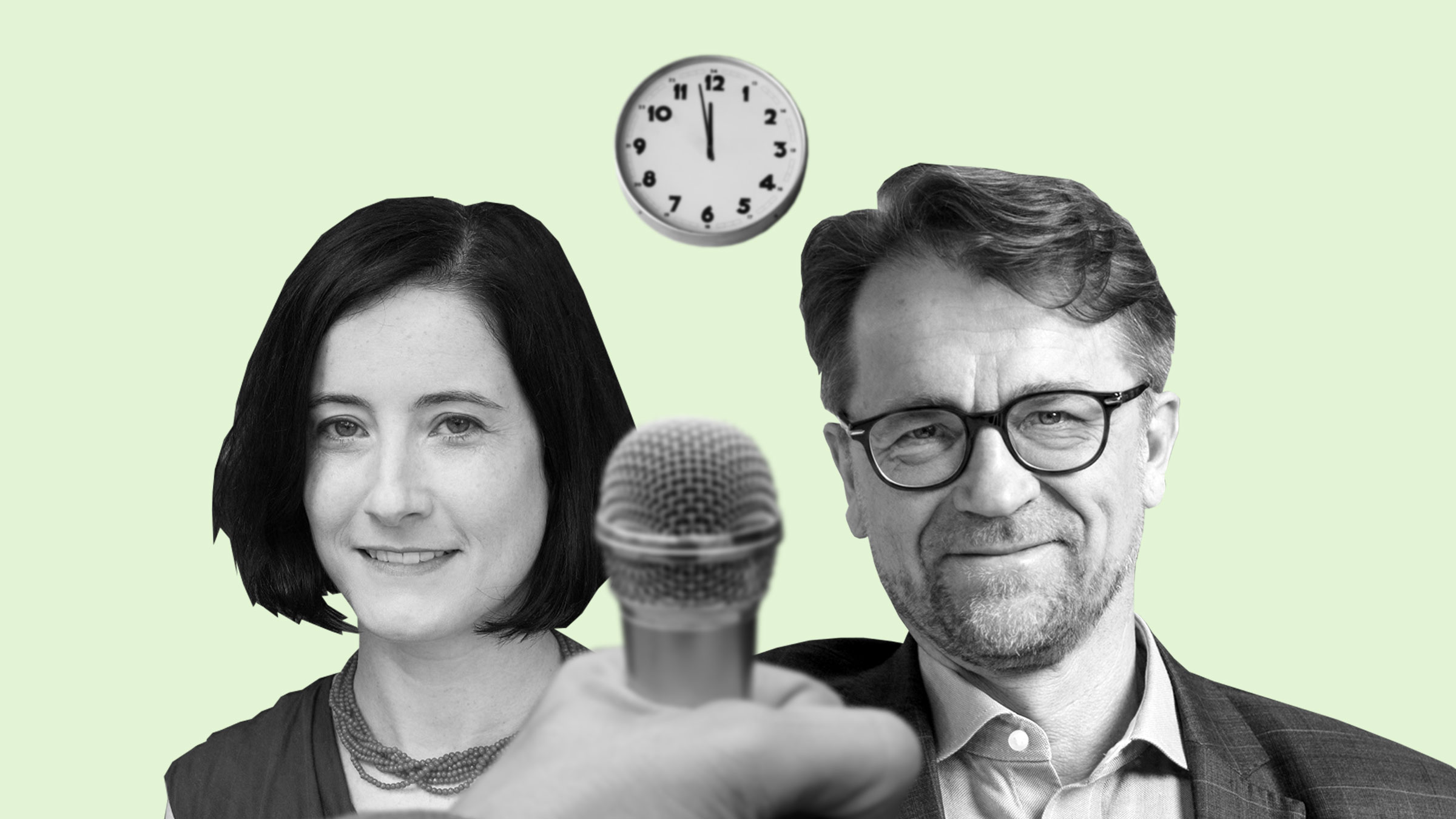Every day the news is filled with fantastic discoveries in renewable energy, sustainable materials and ways to remove carbon dioxide from our atmosphere. With all these great innovations coming is our climate change problem as good as solved?
“There is definitely a risk in that thinking,” says Mikko Kosonen, President of Sitra. “People like to think that technology solves everything and we won’t need to change our behaviour at all.”
Kate Daly, Executive Director of the Center for the Circular Economy at Closed Loop Partners, stresses how long it can take for an innovation to have an impact. In their study of technology providers converting plastic waste into new resources, they found the average time from lab to growth stage was seventeen years.
“Iteration is critical,” she says. “For startups who are disrupting the status quo, it will take time for them to scale, just as it will take time for incumbent producers to achieve circularity for the full lifecycle of a product. Right now we’re in a transitional moment and it’s important to support bridge efforts to achieve a future circular ideal.”
“Innovation is essential”
But do we even need innovations to transition to a circular economy? Do we already have all the tools we need?
“One way to think about this is that for thousands of years humanity lived in a circular economy and it has been only in recent decades that we have had a wasteful, harmful linear economy. So from that point of view we should go back to ‘normal’,” says Kosonen. “But new innovations can help us do that. New innovations can help us change our behaviour.”
Daly says that we need to broaden our thinking about innovation. Innovative solutions must be identified at every stage of the value chain: design, manufacturing, consumption, collection and reuse.
“Innovation is essential if we’re to transform from our current leaky, linear model to a circular economy,” she says. “In the United States our current system is predicated upon inexpensive landfills. Finding the right incentives for all parts of the value chain to shift to a non-linear system will require an increased understanding that waste is a costly design flaw.”
What is an innovation?
Kosonen believes that we need to have a more comprehensive view of innovations which allows us to see the role they play in a transition to a circular economy. His definition of innovation covers four key themes.
“One is a technological innovation,” Kosonen says. “The second is business model innovations, such as has been detailed in our Circular Economy Playbook. A third type of innovation changes our behaviour, like the sharing economy. The fourth type of innovation affects society as a whole. A good example of a societal innovation is our idea to guide climate action through taxation. This can reduce emissions, boost social justice and strengthen the economy.”
Worries about the economy are high on the agenda of people opposed to tackling climate change. Yet this is a myopic view, and Daly explains that businesses and investors are recognising risk that incorporates externalities.
“It is important that circular solutions advance inherent business interests, efficiencies and profit and go beyond social responsibility goals,” she says. “In order for materials to remain a valuable commodity throughout their lifecycle we must have a pull for recycled, reused or repurposed materials in the marketplace.”
Know the risks, but hope springs eternal
It is clear that innovations are necessary to speed up our transition to a circular economy, but we need to have a holistic view of innovation which covers all aspects of how we live, consume and behave. Daly points to collaborative innovation as one thing she is most excited about.
“I’m excited to see what the future holds for The Center for the Circular Economy as we engage with experts around the globe, and work with more partners within a pre-competitive, collaborative model,” Daly says. “The dialogue and cross-fertilisation of ideas between North America and Europe is crucial to continue the momentum.”
Kosonen sees signs for optimism but warns that we still have significant challenges to face.
“Things don’t look good if you consider our trajectory in terms of the Paris Agreement. We need to do much more,” he says. “But I am happy to see the younger generation putting pressure on the older generation. Leading companies are putting pressure on policy makers. I want to believe that this will force us to have higher goals and make a dramatic change in a short time.”
Innovations are one of the key themes of the 2019 World Circular Economy Forum taking place 3-5 June. You can watch the programme live and see key speakers at our Programme page.


















Recommended
Have some more.